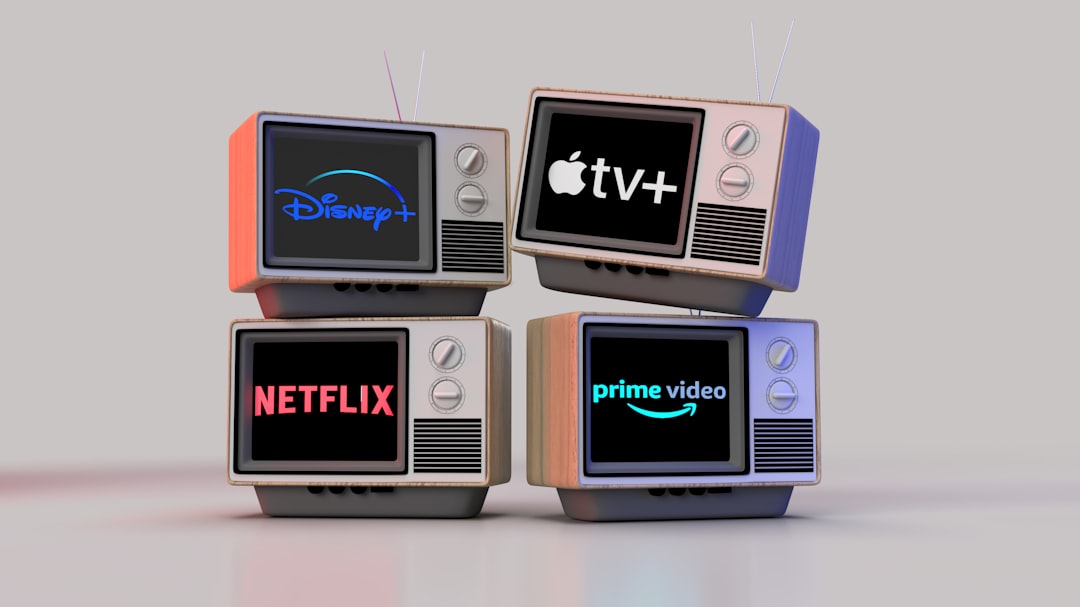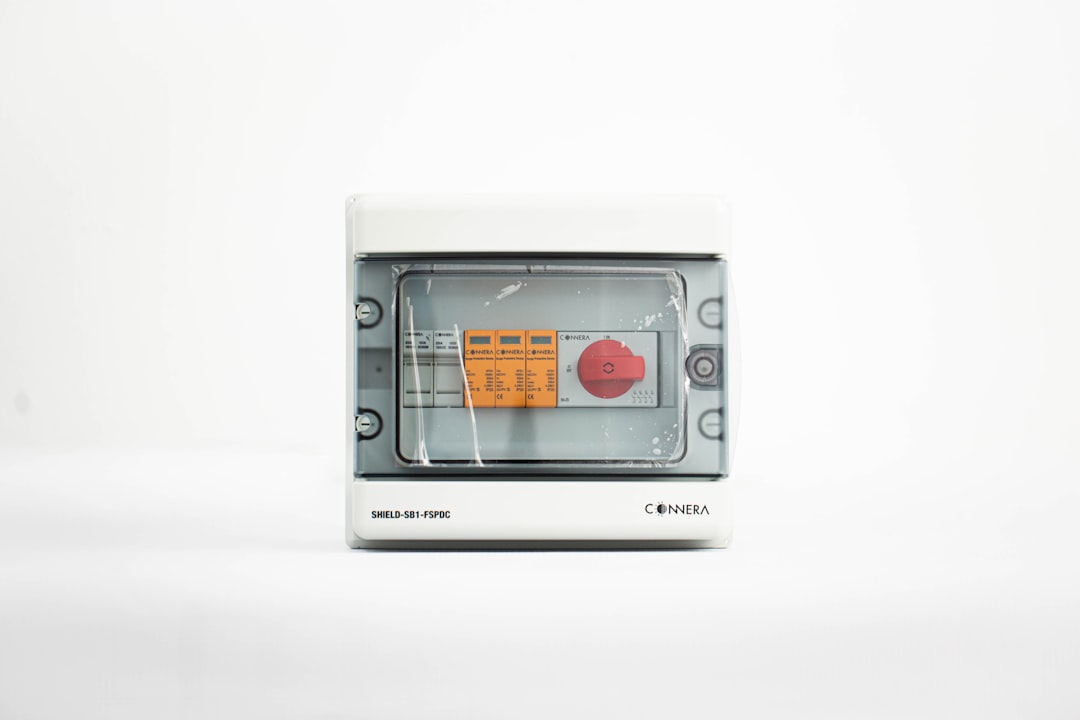The Rise of Wearable Technology and Its Impact on Healthcare
In today’s rapidly evolving technological landscape, there is one trend that seems to be taking over the world: wearable technology. From smartwatches to fitness trackers and even smart clothing, these innovative gadgets have become increasingly popular among individuals of all ages. However, it’s not just about convenience or style anymore – wearable technology is making a significant impact on healthcare, revolutionizing the way we monitor and manage our health.
One of the key benefits of wearable technology in healthcare is its ability to track and monitor vital signs in real-time. With the help of sensors and sophisticated algorithms, these devices can collect data such as heart rate, blood pressure, sleep quality, and even the number of steps taken in a day. This data can then be analyzed by healthcare professionals to gain a deeper understanding of a patient’s health and make informed decisions about their treatment. For example, a person with a heart condition can wear a smartwatch that continuously monitors their heart rate. If the device detects any abnormalities, it can send an alert to the user’s smartphone, prompting them to seek medical attention. This proactive approach to healthcare can potentially save lives and prevent serious complications.
Moreover, wearable technology has proven to be valuable in promoting a healthy lifestyle. Fitness trackers, for instance, encourage users to be more physically active by setting daily step goals and providing real-time feedback on their progress. This can be particularly helpful for individuals who lead sedentary lifestyles or those trying to manage conditions such as obesity or diabetes. The continuous tracking of physical activity allows users to gain a better understanding of their habits, motivating them to make positive changes. Wearable devices can also provide personalized workout plans and reminders to stretch or take breaks, preventing injuries and improving overall well-being.
The rise of wearable technology has also brought about a paradigm shift in patient-doctor interactions. Traditionally, the patient’s health information was mainly based on subjective recollection during medical appointments. However, wearable devices provide an abundance of objective data that can be easily shared with healthcare professionals. This not only saves time but also allows doctors to get a more comprehensive picture of their patients’ health, leading to more accurate diagnoses and personalized treatment plans. Remote monitoring is another area where wearable technology shines. Patients with chronic conditions, such as diabetes or hypertension, can now have their vitals monitored from the comfort of their homes. This not only reduces the need for frequent hospital visits but also enables early detection of any complications, ensuring timely interventions.
Additionally, wearable technology has the potential to improve medication adherence, a common challenge in healthcare. Medication reminders can be easily set on smartwatches or other wearable devices, ensuring that individuals take their medications on time. Some devices can even automatically dispense pills at the prescribed times, reducing the chances of dosage errors. This feature is particularly useful for older adults who may have difficulty keeping track of their medication schedules or individuals with complex medication regimens.
While wearable technology undoubtedly presents numerous opportunities, it is essential to address potential concerns as well. Data privacy and security issues are at the forefront of these concerns. As wearable technology collects and stores sensitive health information, there is a need for robust security measures to protect this data from unauthorized access or hacking. Additionally, healthcare professionals need training to interpret and utilize the data collected by wearable devices effectively. After all, the availability of too much data can lead to information overload and potentially hinder clinical decision-making.
In conclusion, the rise of wearable technology is revolutionizing the way we approach healthcare. From monitoring vital signs to promoting a healthy lifestyle and improving patient-doctor interactions, the impact of these devices is significant. However, it is crucial to address privacy concerns and ensure that healthcare professionals are equipped to harness the full potential of wearable technology. As technology continues to advance, wearable devices have the potential to transform the healthcare industry and improve outcomes for patients worldwide.










